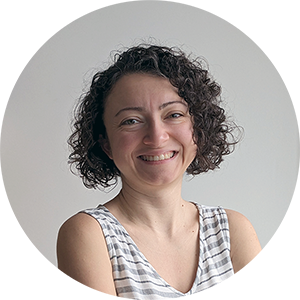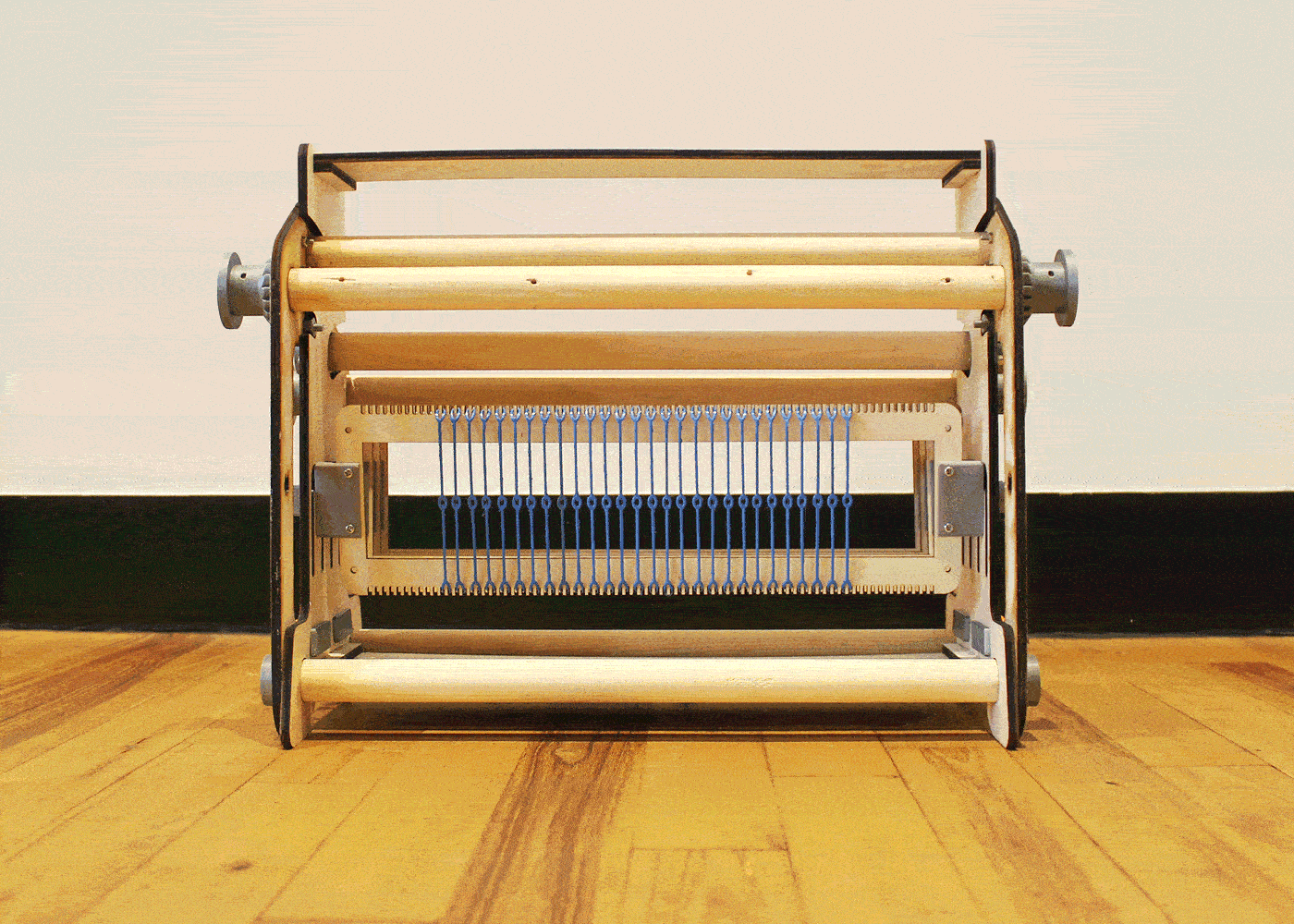Welcome!¶

My name is Aslı Aydın Aksan. I am a prototyping and research-oriented architect specializing in computer-aided design and fabrication technologies. I am very enthusiastic about learning by doing and realization of design through making. I am also an avid supporter of democratization of knowledge and technology use by helping people equip with necessary knowledge and tools.
My Background¶
I was born in Ankara-Turkey, lived there for the first 21 years of my life and studied bachelor of architecture.
I studied master of architecture at IaaC, Barcelona where I met my first FabLab. Upon going back to Turkey, I practiced traditional architecture for a very short time, around 3 years. My calling was in academy and design education. So, I did another masters (why not!) and I was a design instructor for a long time.
Then, we (we because I was already married) moved to Copenhagen where I met my second FabLab. I was a superuser at that lab. Superusers are people of the community who know how to operate the machines and would like to help other people of the community to realize their projects.
Afterwards, we (we because we had a child as well by that time) moved to Amsterdam. Thinking upon how to meet likeminded people, I came across FabLab Amsterdam at Waag. I did a 6-month internship at this lab, where I met my first TextileLab. Now I am in love with this place. I love how the three labs in the building: FabLab, TextileLab and WetLab join forces and create bigger things.
Previous work¶
I have been building websites for different things I have done so far.
For my architectural portfolio, experience as a seasoned design instructor and workshop tutor, please hop on to my portfolio website:
My architectural practice, design instructor, workshop tutor portfolio
Then, there is the website I built for my Waag FabLab internship. The main gist of that website is similar to this one: First and foremost it is a documentation website. You can find the extensive documentation of every machine, every process I tackled during my 6 months. It also holds a portfolio of completed projects.
Open-Source Foldable 4-Shaft Weaving Loom¶
I had always wanted to start weaving. So a few years ago, I bought a frame loom, the kids' toys kind of a frame loom. I really liked the process of creating a seemingly two dimensional surface with actually interlacing threads in three dimensions. I discovered very quickly that frame looms were very freeing but also tedious in doing complex work with repeating patterns. So I bought a kids' toy version of a rigid heddle loom. This was faster for a plain weave pattern but it lacked in other ways where more complexity was required.
My next course of action was looking for a shaft loom. There were no kiddy versions of these looms. The ones on the market were very expensive, especially for a novice like me who wanted to just try out different weave structures but not sure if they would continue weaving afterwards. I also searched for any available open source looms but there none with shafts.
I took on the job of making an open source 4 shaft loom myself. After many iterations and tweeks the loom emerged. The loom can be made from lasercut and 3d printed parts. It can be folded to stove away easily or carry. It can create complex patterns, enough for making a basic double weave structure.
 |
You can make one for yourself! All the necessary laser cutting and 3d printing files along with the bill of materials are on the project page.
I had the pleasure of presenting the loom at Maker Faire Delft where it cought the eye of Hackaday's Europe Correspondent. Hence, I had a moment's fame with my loom: appearing on Hackaday, being published on Hackspace Magazine and last I found my project on Reddit.
Little tweeks on 3d printing¶
These two experiments are realized to understand how much I can customize 3d printing beyond its usual use. In both cases I created custom gCodes in Rhinoceros and Grasshopper. The first is an experiment in variable extrusions and the second is using the printer as a pen plotter with varying brush thicknesses.